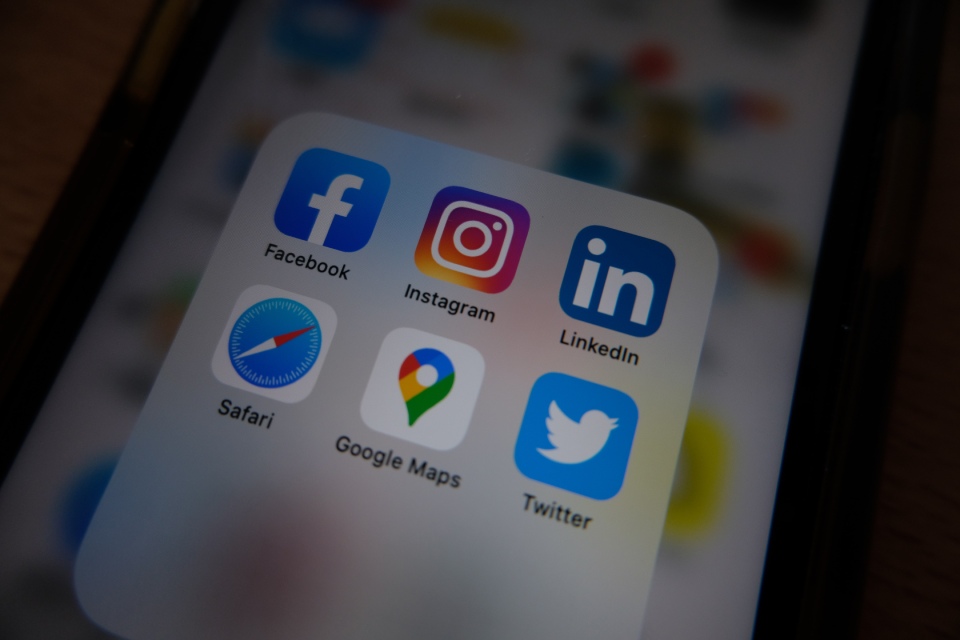There is evidence that game-based learning improves employee retention and introduces creativity. Mick McLaughlin clarifies the thinking behind bringing play into the workplace.
We’ve all sat through a company training course or seminar dreaming about our next holiday, thinking about what to have for dinner or musing on what to watch on TV that night. What’s the end result? We come away at the end of it thinking that we didn’t learn anything.
Increasingly, commercial and public sector organisations are realising the important role that game-based applications have in creating successful training programmes for employees. Corporate simulations, innovative methods of distributing information and applying gameplay techniques have proved to be an effective means of conveying information that engages users more fully and increases their knowledge retention, which in turn means more productive employees.
Game-based learning is designed to balance subject matter with gameplay and the ability of the player to apply that knowledge to the real world. It measurably increases learners’ memory during training because of the highly experiential nature of the exercise, providing a more memorable context for learning, particularly when the games components address the player’s role.
The key to the success of this form of learning is that the components or scenarios within the game are applicable to the taught skills. They also offer a contextual environment that fosters different capabilities in a ‘safe’ virtual world before embarking on real-life scenarios. These can include problem-solving, communication, collaboration, strategic thinking and social skills.
The use of games in the corporate environment represents one of the fastest growing sectors of the industry. One such example is “Me, Myself and I”, an award-winning holistic approach to support planning, consultation and advice. It creates a process for the individual to run through, resulting in paperwork that can be used in the actual job role. Games can also be used to improve employee satisfaction and recruit new personnel. Media-savvy and leisure time game-playing employees will quickly get on board, finding it natural to use games to grasp and retain sales, technical or management information and skills.
The environment has been shown to get rid of the usual distractions that occur in an office or seminar. It also adds a competitive edge that influences motivation and engagement of the workforce in a positive way.
Gamification is the process of integrating game dynamics into a website, business service or portal to drive staff participation. Employees can compete against each other and progress up a leader board. The more they play the game, the more they increase their knowledge of a particular subject or product line. Companies like IBM and CISCO already use simulations and games to motivate staff to learn specific job-related skills and revise company policies and other internal topics where learning has originally been boring and retention low. With young employees entering the workforce who have never known a world without video games, it’s becoming more important than ever to engage with workers through methods with which they are familiar.
Finally, research shows that game-based learning is extremely effective in building confidence. This is due to the competitive spirit that is fostered with colleagues and the rewards and recognition earned as the game progresses. Feeling challenged, developing the potential to meet those challenges and ultimately being able to retain knowledge equips the employee with confidence in their own ability. Games that demonstrate to the player how the wrong decision causes failure, but motivate the player to try again, provide important learning and encourage critical thinking.
Mick McLaughlin is the Marketing Manager at Serious Games International.









